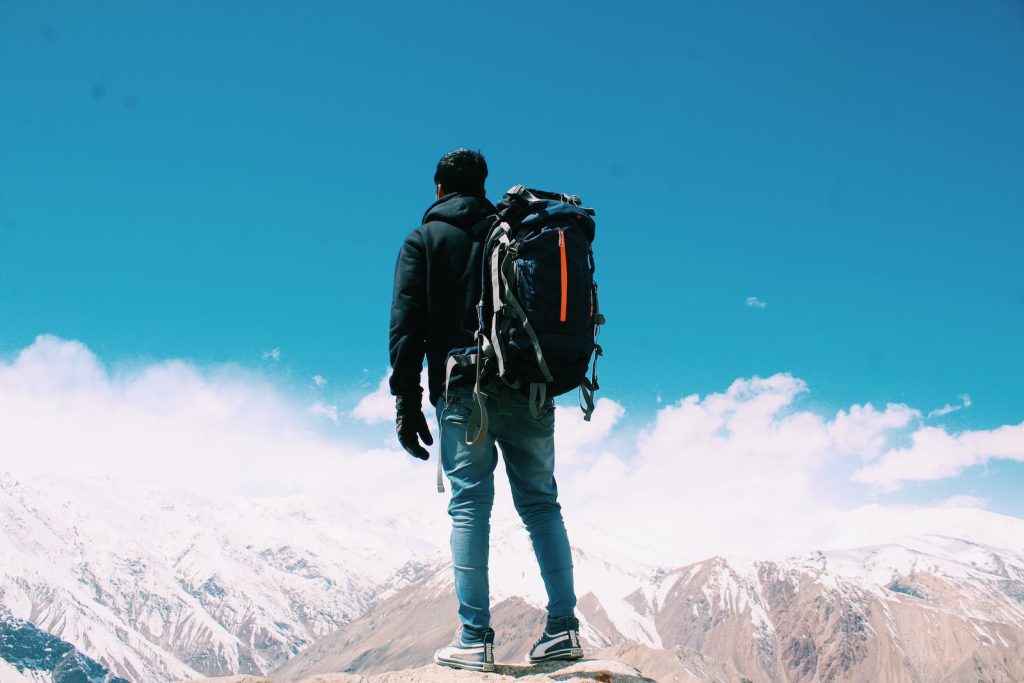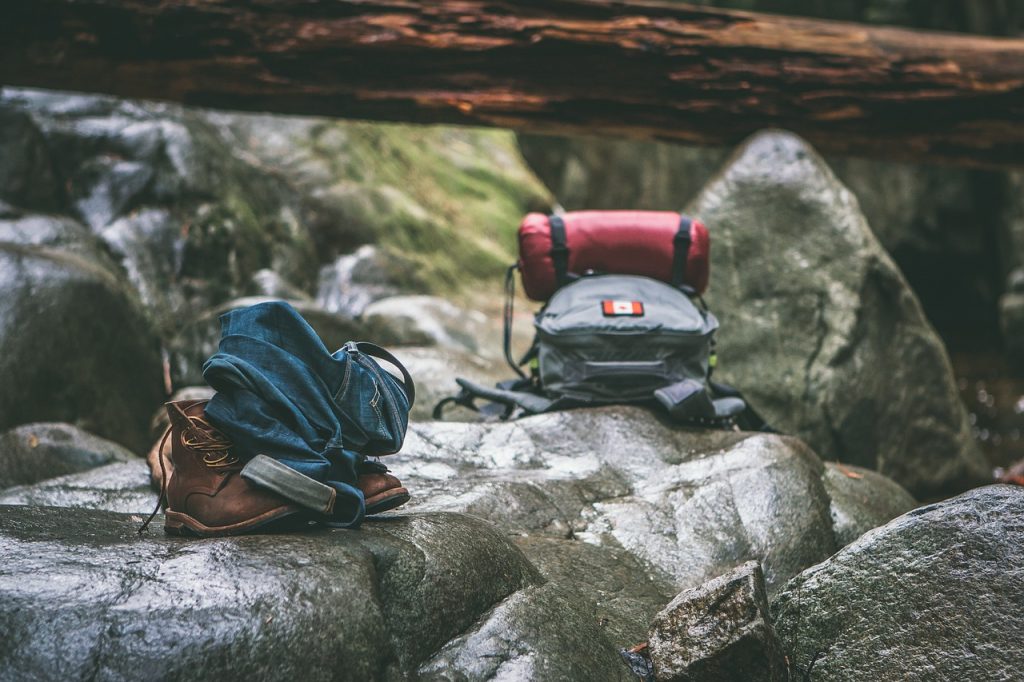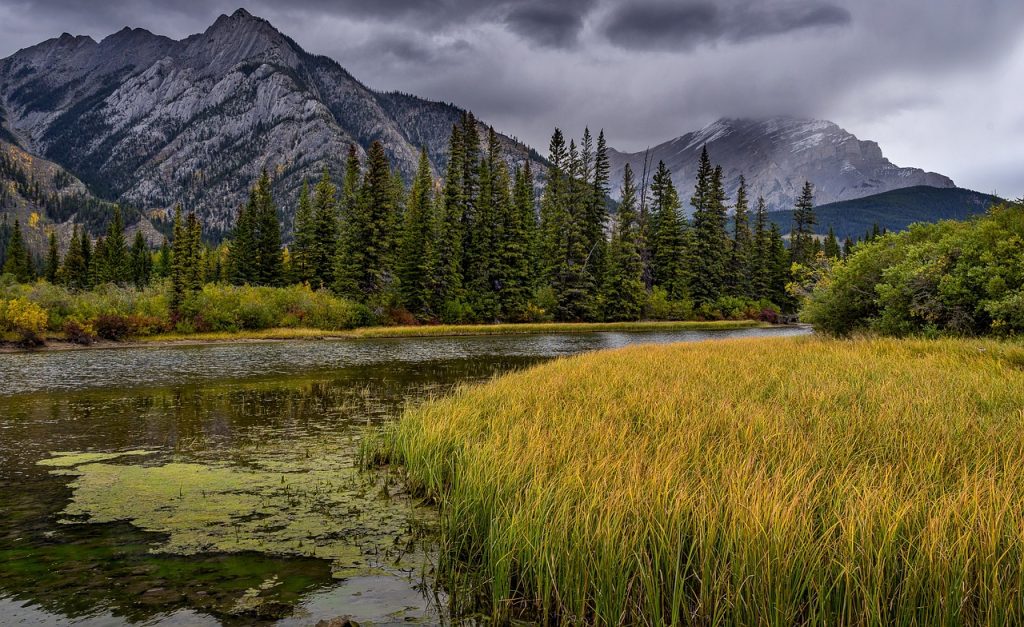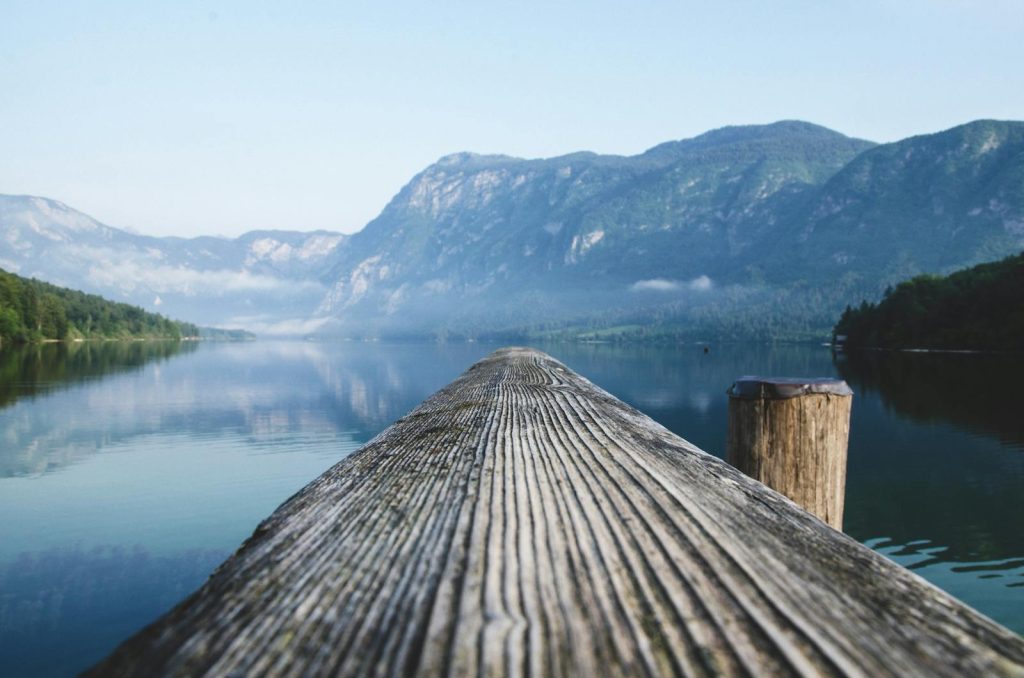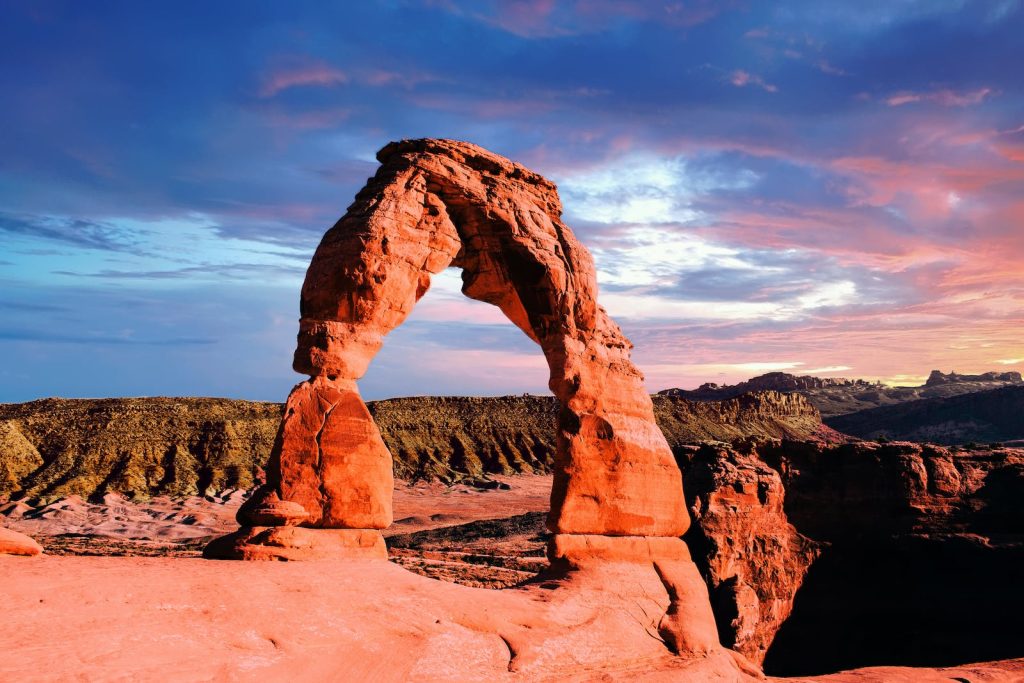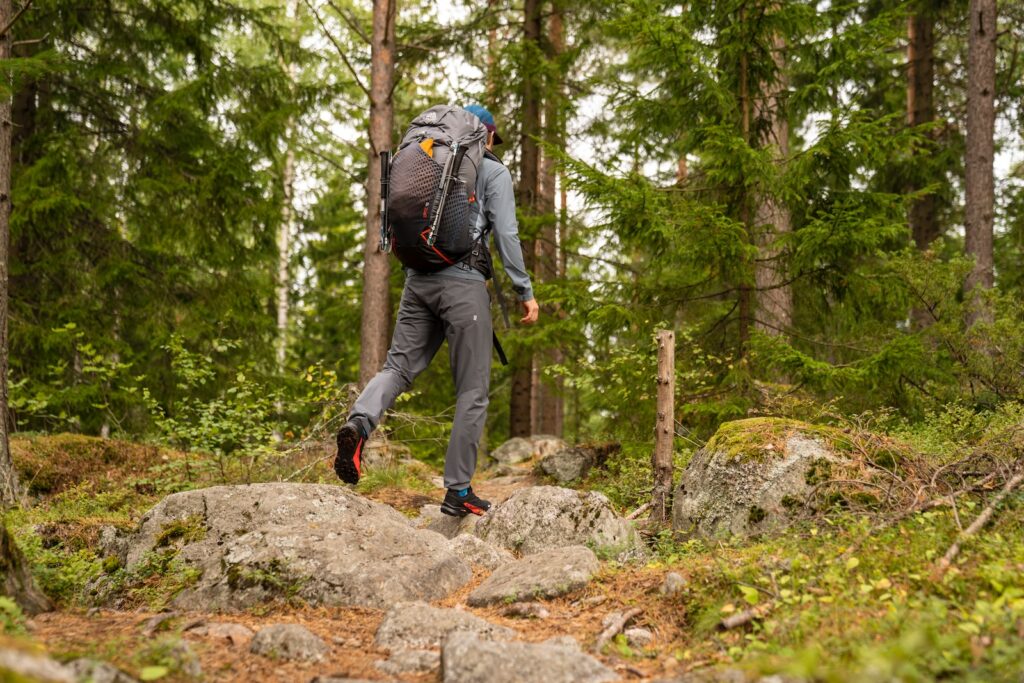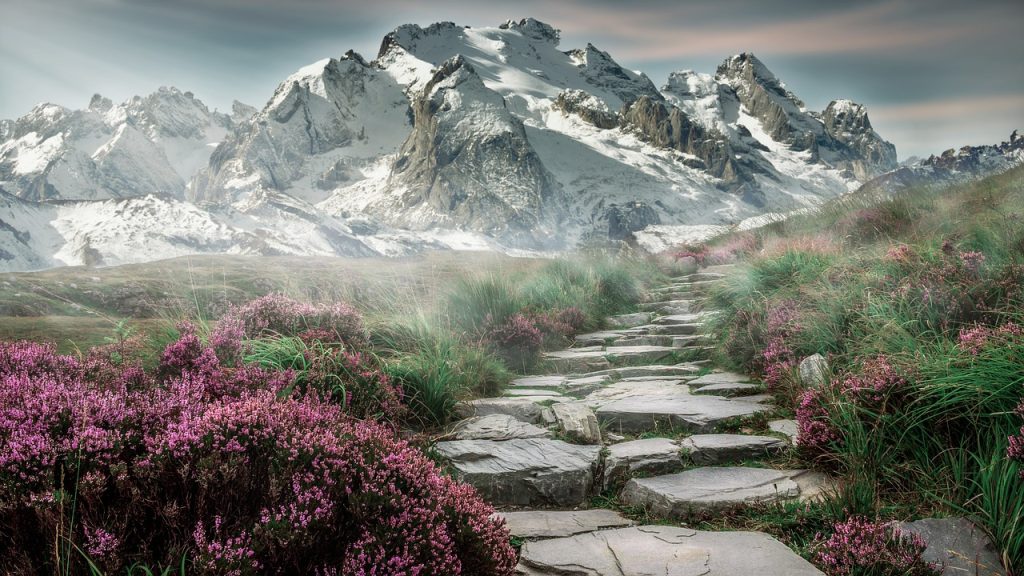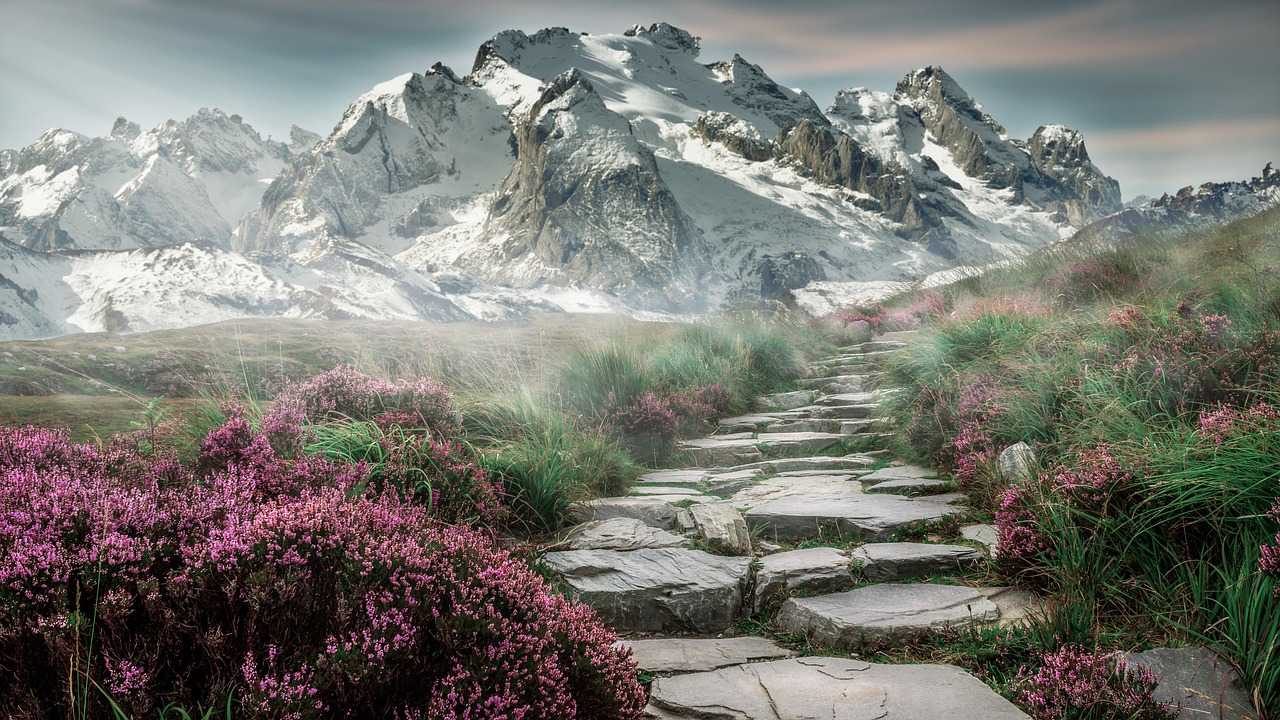

Summer Sun and Summit Trails: Conquering Peak Adventures
Embark on exhilarating mountaineering escapades this summer and seize the opportunity to conquer peak adventures in the sun-drenched wilderness. Get ready to lace up your hiking boots and immerse yourself in the glory of nature’s grandeur as you ascend the rugged summit trails. In this thrilling journey, discover the breathtaking vistas, challenge your limits, and embrace an adrenaline rush like no other.
Our brand invites you to join our passionate community of adventurers, who eagerly seek out the thrill of conquering majestic peaks. With our expert guides and world-class gear, we provide an unparalleled experience that ensures your safety and enjoyment while navigating the untamed terrains. Whether you are an experienced mountaineer or a budding enthusiast, our tailored expeditions cater to all levels of expertise.
Unlock the captivating allure of the great outdoors and embrace the raw beauty of mountain landscapes. As you stand atop the summit, basking in the triumphant glory, you will understand why peak adventures are truly a transformative and awe-inspiring experience. So, seize the moment, embrace the challenge, and let your spirit soar as you embark on unforgettable summer sun and summit trails.
- Benefits of Summit Trail Hiking
- Popular Summer Summit Trails Around the World
- Essential Gear for Peak Adventures
- Physical Preparation for Summit Trail Hiking
- Mental Preparation for Peak Adventures
- Safety Tips for Conquering Summit Trails
- Best Times to Hike Peak Trails During the Summer
- Conclusion: Embracing the Challenge of Peak Adventures
Benefits of Summit Trail Hiking
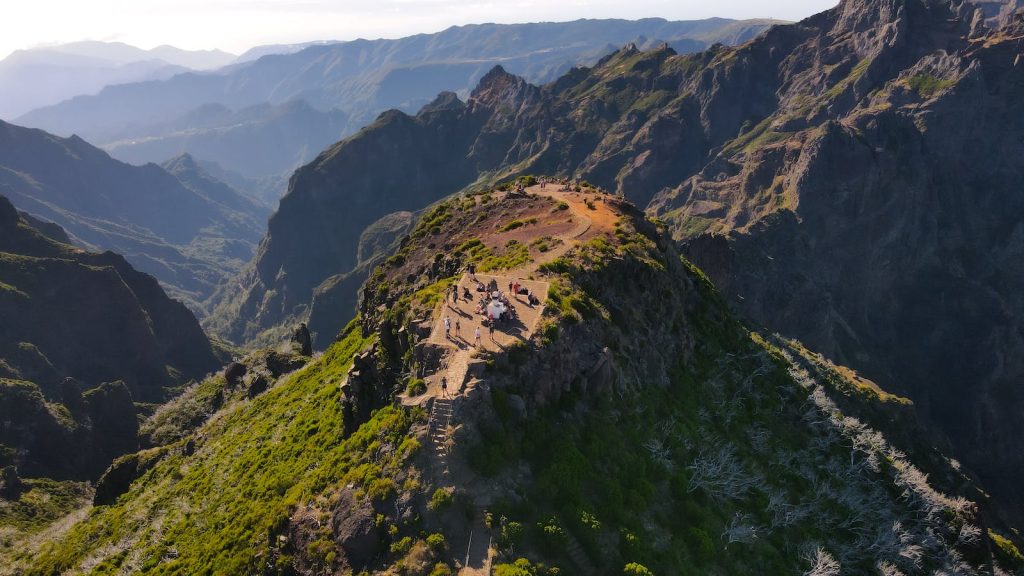
Hiking summit trails offers a multitude of benefits that go beyond the physical exertion involved. Firstly, conquering a summit provides a sense of accomplishment and boosts self-confidence. Standing at the peak, surrounded by breathtaking views, you’ll feel a surge of pride and fulfillment. Additionally, hiking in nature has been proven to reduce stress levels and improve overall mental well-being. The combination of physical activity, fresh air, and majestic scenery can create a profound sense of tranquility and rejuvenation.
Moreover, summit trail hiking is an excellent way to challenge and improve your physical fitness. The steep ascents and varied terrains engage multiple muscle groups, enhancing strength and endurance. Regular hiking can also improve cardiovascular health and promote weight loss. In addition to the physical benefits, spending time in nature has been shown to enhance cognitive function, boost creativity, and improve focus and concentration.
Lastly, hiking summit trails allows you to connect with like-minded individuals who share your passion for adventure and exploration. The camaraderie and sense of community that develop during expeditions can lead to lifelong friendships and create lasting memories. The shared experiences of overcoming obstacles and witnessing the beauty of nature together forge strong bonds among hikers.
Popular Summer Summit Trails Around the World
Mount Kilimanjaro, Tanzania: Known as the Roof of Africa, Mount Kilimanjaro is the highest peak in Africa. Standing at 5,895 meters, this dormant volcano offers a challenging yet achievable climb for adventurers of all levels. The stunning landscapes, ranging from lush rainforests to barren alpine deserts, make this a truly unique experience.
Mount Everest Base Camp, Nepal: For those seeking the ultimate mountaineering challenge, trekking to the Everest Base Camp is an iconic adventure. The journey takes you through remote Sherpa villages, breathtaking valleys, and high-altitude passes, offering unparalleled views of the world’s highest peak.
Mount Fuji, Japan: A symbol of Japan’s cultural heritage, Mount Fuji attracts thousands of hikers every year. The climb to the summit is relatively accessible, with well-marked trails and mountain huts for overnight stays. As you ascend, you’ll witness mesmerizing sunrises and panoramic views of the surrounding landscapes.
The Inca Trail, Peru: Combining history and natural beauty, the Inca Trail is a popular choice for those looking to immerse themselves in ancient civilizations while conquering a summit. This trail takes you through the stunning Andean mountains, passing Inca ruins and culminating in the awe-inspiring Machu Picchu.Mount Rainier, USA: Located in Washington state, Mount Rainier offers a challenging and picturesque climb. With its icy glaciers and breathtaking alpine meadows, this summit trail promises stunning views of the Pacific Northwest.
Essential Gear for Peak Adventures
When embarking on summit trail hiking, having the right gear is crucial for safety and enjoyment. Here is a list of essential items to include in your hiking backpack:
Hiking Boots: Invest in a sturdy pair of hiking boots that provide ankle support and have a good grip on various terrains.
Backpack: Choose a backpack with ample storage space and comfortable straps. Look for one that is water-resistant to protect your belongings.
Clothing: Dress in layers to accommodate changing weather conditions. Pack moisture-wicking and quick-drying clothes to stay comfortable during the hike.
Navigation Tools: Carry a map, compass, and GPS device to ensure you stay on the right track and find your way in case of emergency.
Food and Water: Pack high-energy snacks, such as nuts and energy bars, and carry sufficient water to stay hydrated throughout the hike.
First Aid Kit: Include basic medical supplies, such as bandages, antiseptic wipes, and pain relievers, in case of minor injuries.
Sun Protection: Wear a hat, sunglasses, and sunscreen to shield yourself from the sun’s harmful rays.
Emergency Supplies: Carry a headlamp, whistle, and emergency blanket in case you get lost or need assistance.
Remember to pack light and prioritize essentials to avoid unnecessary weight on your hike. Test and familiarize yourself with your gear before setting off to ensure everything functions properly.
Physical Preparation for Summit Trail Hiking
Preparing your body for the physical demands of summit trail hiking is essential to ensure a safe and enjoyable experience. Here are some tips to help you get in shape:
Cardiovascular Training: Engage in activities like running, cycling, or swimming to improve your cardiovascular endurance. Aim for at least 30 minutes of moderate to intense cardio exercises three to four times a week.
Strength Training: Focus on exercises that target your leg muscles, core, and upper body strength. Squats, lunges, planks, and push-ups are effective exercises to build strength and stability.
Flexibility and Balance: Incorporate stretching and balance exercises, such as yoga or Pilates, into your routine to improve flexibility and prevent injuries.
Gradual Progression: Start with shorter hikes and gradually increase the distance and elevation to build endurance. Allow your body to adapt to the demands of hiking before attempting more challenging trails.
Rest and Recovery: Give your body ample time to rest and recover between workouts. Listen to your body and adjust your training intensity accordingly to avoid overexertion and injuries.
Remember to consult with a healthcare professional before starting any new exercise regimen, especially if you have any underlying medical conditions or concerns.
Mental Preparation for Peak Adventures
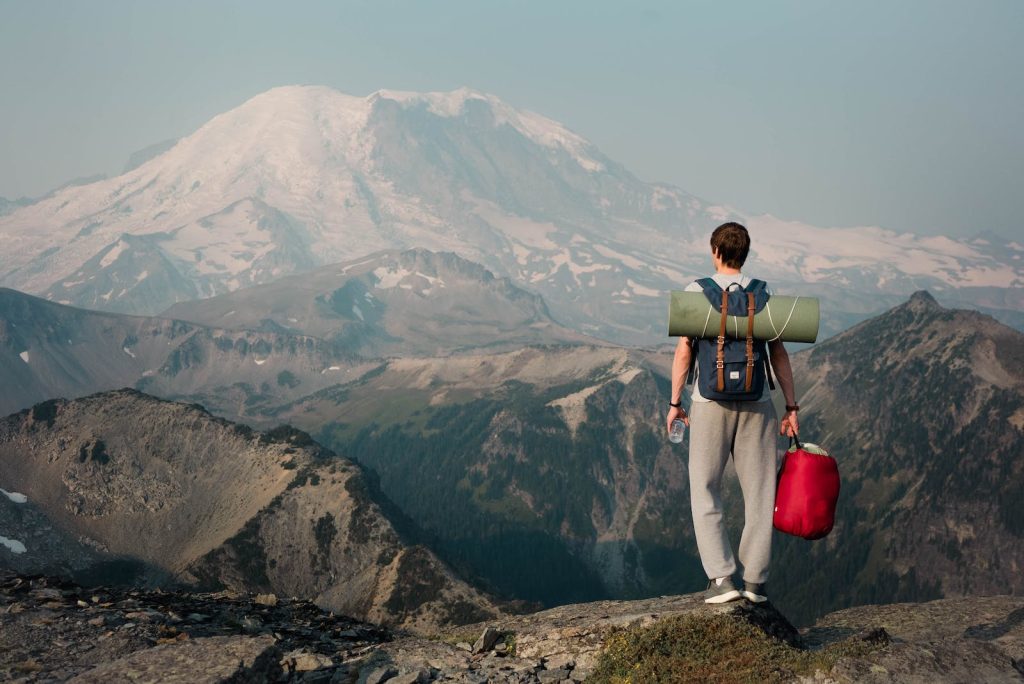
Summit trail hiking can be physically demanding and mentally challenging. Here are some strategies to help you prepare mentally for peak adventures:
Set Realistic Goals: Define your goals for the hike, whether it’s reaching the summit or simply enjoying the journey. Setting realistic expectations will help you stay motivated and focused.
Visualize Success: Imagine yourself standing at the summit, taking in the breathtaking views and relishing the sense of accomplishment. Visualizing success can boost your confidence and mental resilience.
Practice Mindfulness: Embrace the present moment and stay focused on the present rather than worrying about the challenges ahead. Mindfulness techniques, such as deep breathing and meditation, can help calm your mind and reduce anxiety.
Positive Self-Talk: Replace negative thoughts with positive affirmations. Remind yourself of your capabilities, strengths, and past achievements to boost self-confidence.
Embrace Challenges: Accept that challenges and obstacles are part of the journey. Embracing them as opportunities for growth and learning will help you overcome difficulties with a positive mindset.
Learn from Experienced Hikers: Seek advice from experienced hikers or join a hiking community to gain insights and learn from their experiences. Their tips and stories can be a source of inspiration and practical knowledge.
Remember, mental preparation is just as important as physical training. Cultivating a positive mindset and developing mental resilience will contribute to your overall enjoyment and success during peak adventures.
Safety Tips for Conquering Summit Trails
Safety should be a top priority when embarking on summit trail hiking. Here are some essential safety tips to keep in mind:
Research and Plan: Familiarize yourself with the trail you intend to hike. Study maps, elevation profiles, and weather conditions. Plan your route and estimate the time it will take to complete the hike.
Check Weather Conditions: Monitor weather forecasts leading up to your hike and be prepared for changing weather conditions. Postpone or adjust your plans if severe weather is expected.
Hike with a Partner or Group: Hiking with a partner or a group is not only more enjoyable but also safer. In case of emergencies or accidents, having someone by your side can make a significant difference.
Stay on Marked Trails: Stick to designated trails and avoid taking shortcuts or venturing off the path. Straying from marked trails can lead to getting lost or encountering hazardous terrain.
Leave No Trace: Respect the environment and practice Leave No Trace principles. Pack out all trash, minimize noise, and avoid disturbing wildlife or vegetation.
Hydration and Nutrition: Stay hydrated by drinking water regularly, especially in hot weather. Eat nutritious snacks to maintain energy levels throughout the hike.
Pace Yourself: Hiking at a comfortable pace allows your body to adjust to the demands of the trail and reduces the risk of injuries or exhaustion. Take breaks when needed and listen to your body.
Be Aware of Altitude Sickness: If hiking at high altitudes, be aware of the symptoms of altitude sickness, such as headache, nausea, or dizziness. Descend to lower elevations if symptoms persist or worsen.Emergency Communication: Carry a fully charged mobile phone or satellite communication device for emergencies. Inform someone about your hiking plans and expected return time.
Trust Your Instincts: If a situation feels unsafe or beyond your capabilities, trust your instincts and make informed decisions. It’s better to turn back or seek assistance rather than risking injury or danger.
Remember, safety is a shared responsibility. Be prepared, stay vigilant, and respect the environment and fellow hikers to ensure a safe and enjoyable hiking experience.
Best Times to Hike Peak Trails During the Summer
The best time to hike peak trails during the summer depends on various factors, such as weather conditions and trail popularity. Here are some general guidelines for choosing the ideal time:
Consider Weather: Research the climate of the region you plan to hike. Some trails might be inaccessible or hazardous during extreme weather conditions, such as heavy rain, snow, or high winds. Choose a time when the weather is generally stable and favorable for hiking.
Avoid Peak Crowds: Popular trails can become crowded during the peak summer months. If you prefer a more tranquil experience and want to avoid congestion, consider hiking during weekdays or shoulder seasons when there are fewer visitors.
Wildflower Blooms: Many mountainous regions experience beautiful wildflower blooms during the summer. If witnessing vibrant displays of wildflowers is on your wishlist, research the peak blooming season for the specific trail you plan to hike.
Wildlife Sightings: Some trails offer opportunities to spot unique wildlife, such as bears, elk, or mountain goats. Research the best times for wildlife sightings and plan your hike accordingly.
Sunrise or Sunset: Hiking during sunrise or sunset can provide breathtaking views and a magical atmosphere. Check the sunrise and sunset times for your chosen trail and plan your hike accordingly.
Ultimately, the best time to hike peak trails during the summer is subjective and depends on your personal preferences and priorities. Researching the specific trail, considering weather conditions, and planning accordingly will help you make an informed decision.
Conclusion: Embracing the Challenge of Peak Adventures
Embarking on summer sun and summit trails is an opportunity to connect with nature, challenge yourself, and experience the transformative power of peak adventures. From the breathtaking vistas to the camaraderie among fellow hikers, every step of the journey offers a chance for personal growth and self-discovery.
By preparing your body and mind, equipping yourself with essential gear, and adhering to safety precautions, you can conquer the rugged summit trails with confidence and enthusiasm. Whether you choose to hike iconic peaks like Mount Kilimanjaro or explore lesser-known trails, the rewards are immeasurable. The sense of accomplishment, the beauty of untouched landscapes, and the camaraderie of the hiking community will leave an indelible mark on your heart and soul.
So, seize the opportunity, lace up your hiking boots, and embark on the adventure of a lifetime. Let the summer sun guide your path as you conquer peak adventures and create memories that will last a lifetime. Embrace the challenge, embrace the triumph, and let the raw beauty of nature ignite your spirit as you ascend to new heights. Happy hiking!
